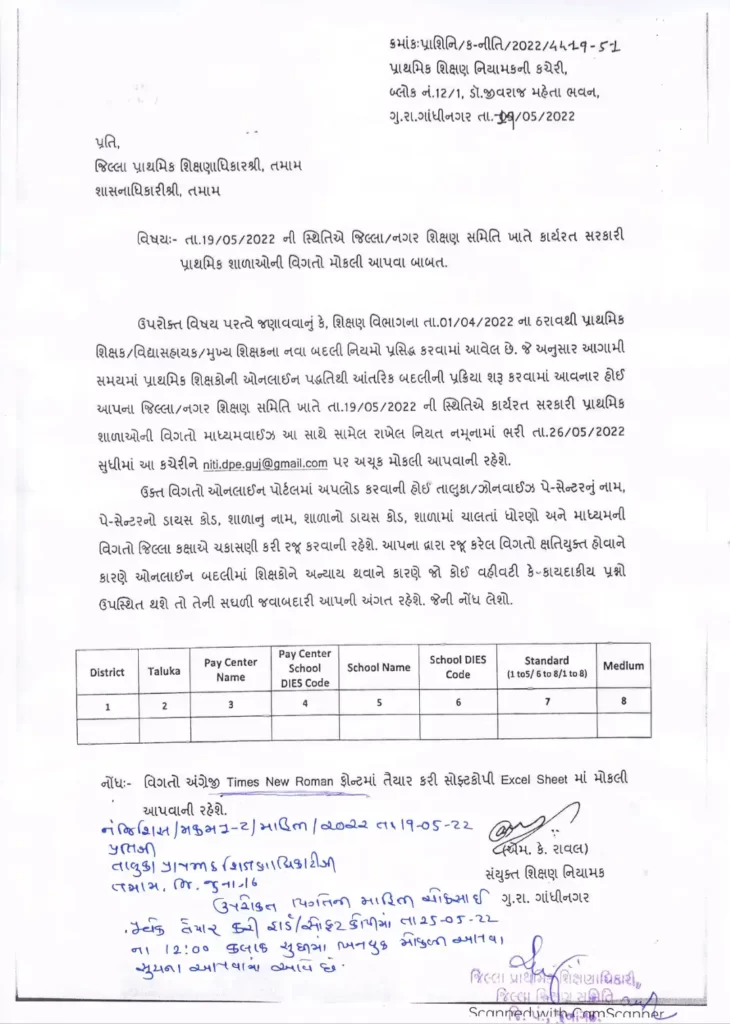Mutual Fund NAV

Mutual Fund NAV. The plan acquires revenue pay or profit pay on the speculations it holds. Further, when it buys and sells speculations, it acquires capital gains or brings about capital misfortunes. These are called acknowledged capital gains or acknowledged capital misfortunes all things considered.
Speculations possessed by the plan might be cited in the market at higher than the expense paid. Such gains in qualities on protections held are called valuation gains. Essentially, there can be valuation misfortunes when protections are cited in the market at a cost beneath the expense at which the plan obtained them.
At the point when the speculation movement is beneficial, the genuine worth of a unit increments. When there are misfortunes, the genuine worth of a unit diminishes. The genuine worth of a unit of the plan is generally called Net Asset Value (NAV) of the plan.
At the point when a plan is first made free for speculation, it is known as ‘Another Fund Offer’ (NFO). During the NFO, financial backers find the opportunity of purchasing the units at their presumptive worth. Post-NFO, when they get tied up with a plan, they need to address a cost that is connected to its NAV. Mutual Fund NAV.
The cash assembled from financial backers is put by the plan in an arrangement of protections according to the expressed speculation objective. Benefits or misfortunes, as the case may be, have a place with the financial backers or unitholders. No other substance associated with the common asset in any way takes part in the plan’s benefits or misfortunes. They are totally paid a charge or commission for the commitments they make to dispatching and working the plans. The financial backer doesn’t anyway bear a misfortune higher than the sum contributed by him.

Different financial backers preferring a venture objective may have various assumptions on how the benefits are to be dealt with. Some might like it to be delivered off routinely as profits. Others may like the cash to fill in the plan. Common subsidizes address such differential assumptions between financial backers inside a plan, by offering different choices, for example, profit payout choice, profit re-venture choice and development choice. A financial backer getting tied up with a plan will choose the favored choice.
વેતનદાર પગારદાર વર્ગની બાબત માં વ્યવસાય વેરા દર બાબત પરીપત્ર 27/04/2022
The overall size of shared asset organizations is surveyed by their resources under administration (AUM). At the point when a plan is first dispatched, resources under administration is the sum prepared from financial backers. From that point, in case the plan has a positive benefit metric, its AUM goes up; a negative productivity metric will pull it down.
Further, in case the plan is available to getting cash from financial backers even post-NFO, then, at that point, such commitments from financial backers help the AUM. On the other hand, on the off chance that the plan pays any cash to the financial backers, either as profit or as thought for repurchasing the units of financial backers, the AUM falls.
The AUM along these lines catches the effect of the benefit metric and the progression of unit-holder cash to or from the plan.
Note: Plz always check and confirm the all above details with the official website and Advertisement/ notification.
Home Page:- CLICK HERE
ALWAYS USE GOOGLE CHROME FOR BETTER RESULT